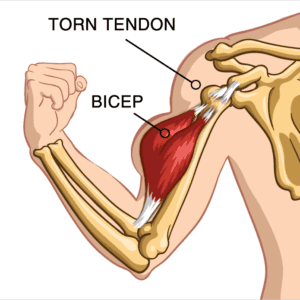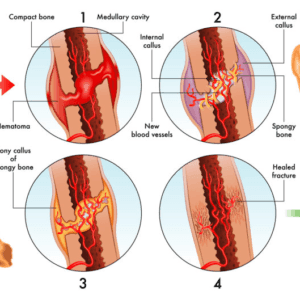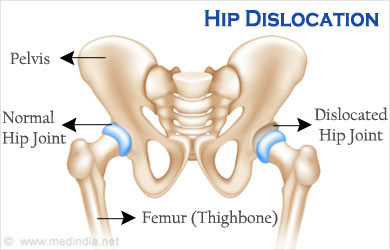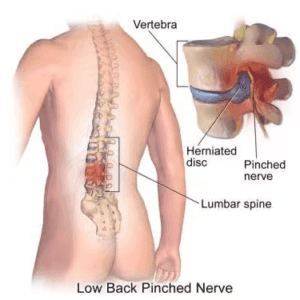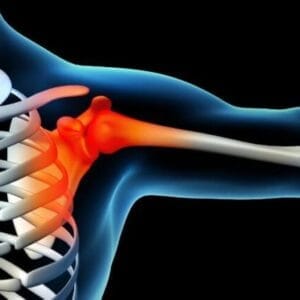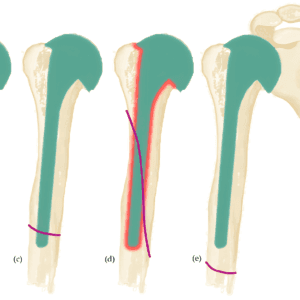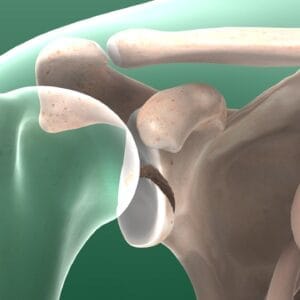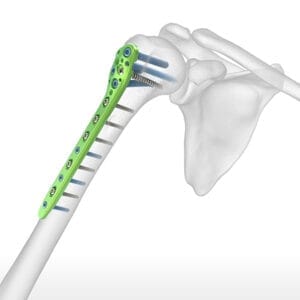Why Does My Arm Look Like Popeye’s?
General Advices Patient informationIf you’ve noticed a bulge in your upper arm resembling Popeye’s muscle, you may have experienced a biceps tendon rupture. This condition, more commonly occurring in men over the age of 35, is often related to strenuous activities such as weight lifting or contact sports. Understanding Biceps Tendon Rupture The

